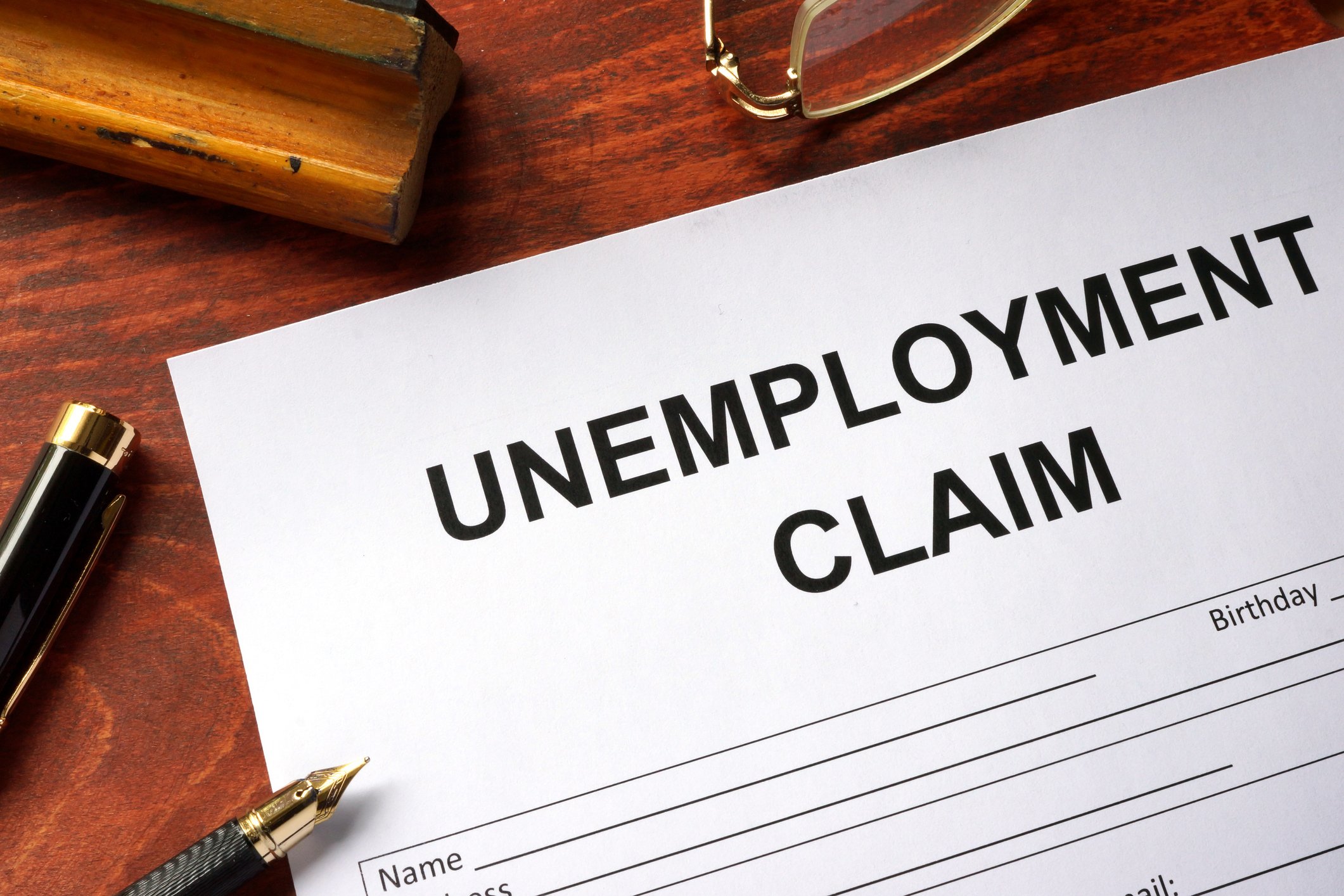When things are going well, we tend to believe they will always go well. We're employed, our careers are progressing, and life will always be this good -- right? And then something finally goes wrong, and we start making bad decisions that cost us far more than the money we should have been setting aside specifically for emergencies.
This lack of perspective is the reason more people don't have rainy-day funds. One common excuse for neglecting to establish an emergency fund is, "I don't need an emergency fund because I can fall back on _____." Sure, we all have ways of getting through a rough patch -- but they generally come at a high price.
The consensus among financial advisors is that your emergency fund should be at least three to six times your monthly expenses -- and ideally equal to your net income for three to six months. Having this amount in reserve ensures that you will be able to cover your living expenses in a worst-case scenario.
From the frying pan into the fire
There are problems with each of those "blanks" that people often resort to in lieu of an actual emergency fund. Lacking liquidity, people often turn to credit in hard times. The problem is that credit costs money, and depending on when trouble strikes, it can be incredibly expensive -- if it's available at all. You could end up having to borrow money at 25% or 30% just to pay bills.
Tapping into retirement accounts is another common substitute to having a rainy-day fund. Setting aside the fact that money withdrawn prematurely from retirement accounts is seldom replaced in full, there are other consequences. Withdrawals or loans from traditional 401(k)s and IRAs trigger 10% penalties and have tax consequences that can potentially cost additional thousands of dollars, resulting in cash shortfalls when you can least afford them.
There's also the option of selling of stocks or bonds to raise emergency funds. While stocks and bonds generally appreciate in value over the long term, on any given day their value can be lower than your original investment -- not to mention that selling means missing out on potential future gains.
Where to stash your rainy-day money?
By now I hope you realize that the best way to prepare for emergencies is to set aside money specifically for unexpected hard times. Rainy-day funds, like other investments, should have growth potential, so stashing your cash under the floorboards in your closet is not the way to go. Day-to-day savings, money market funds, and short-term CDs are the most liquid. But are there are alternatives to these low-yield vehicles?
One great option is the Roth IRA, which allows tax- and penalty-free withdrawals of your contributions because it is funded by post-tax income (earnings are taxable until you reach 59-1/2 years of age). So if at any time you need to withdraw some of your original investment to pay for an emergency, you can. And if an emergency never arises, the funds will continue to grow and become a source of retirement income.
An often overlooked way to save for an emergency is a universal life insurance policy that also provides for your survivors in the event of your death. This type of insurance uses premiums to purchase permanent term insurance and build a cash reserve that earns interest at a variable rate based on the amount accumulated with a minimum guaranteed rate of return usually equal to a savings account.
Whichever method you choose, reaching your goal is like driving from New York to Los Angeles: It may seem a daunting distance, but you'll never get there if you don't get started. Putting away just 5% of your monthly net income will build a three-month emergency fund in only five years. For example, if your monthly income is $3,000, your goal may be to save a three-month reserve of $9,000. By saving $150 per month, you'll reach your goal in five years.
The need to accumulate a fistful of Benjamins for a rainy day was best summed up by Benjamin Franklin himself: "Failing to plan is planning to fail."





